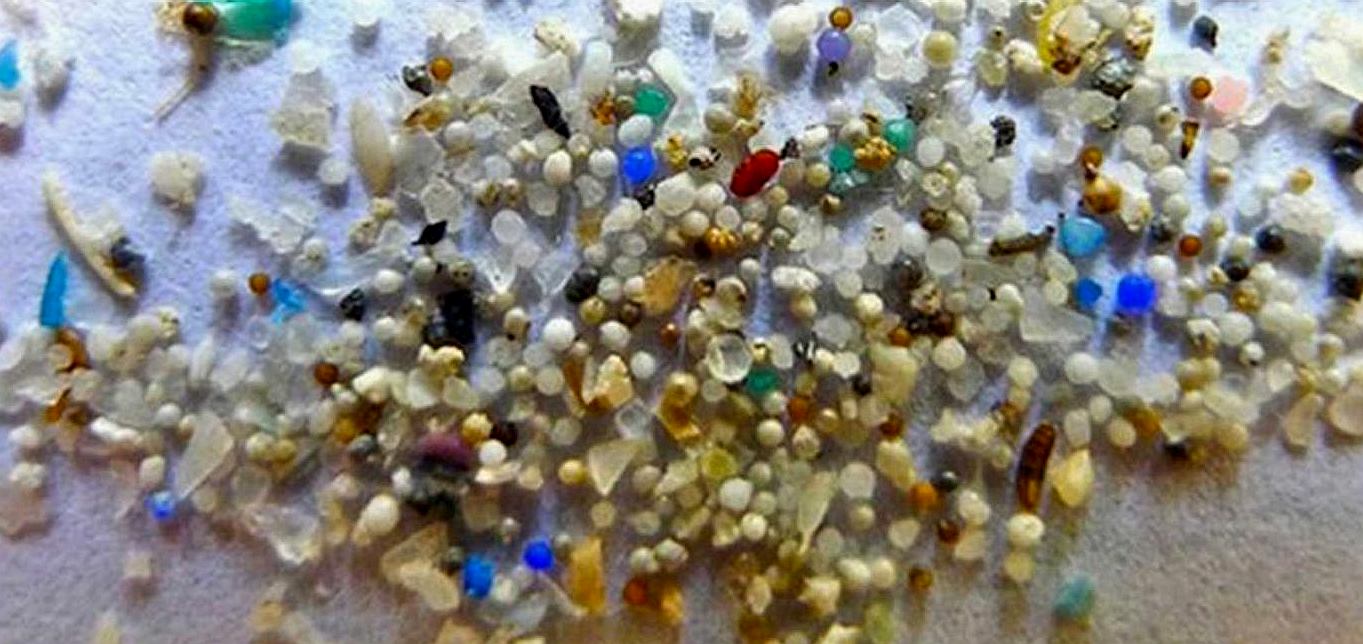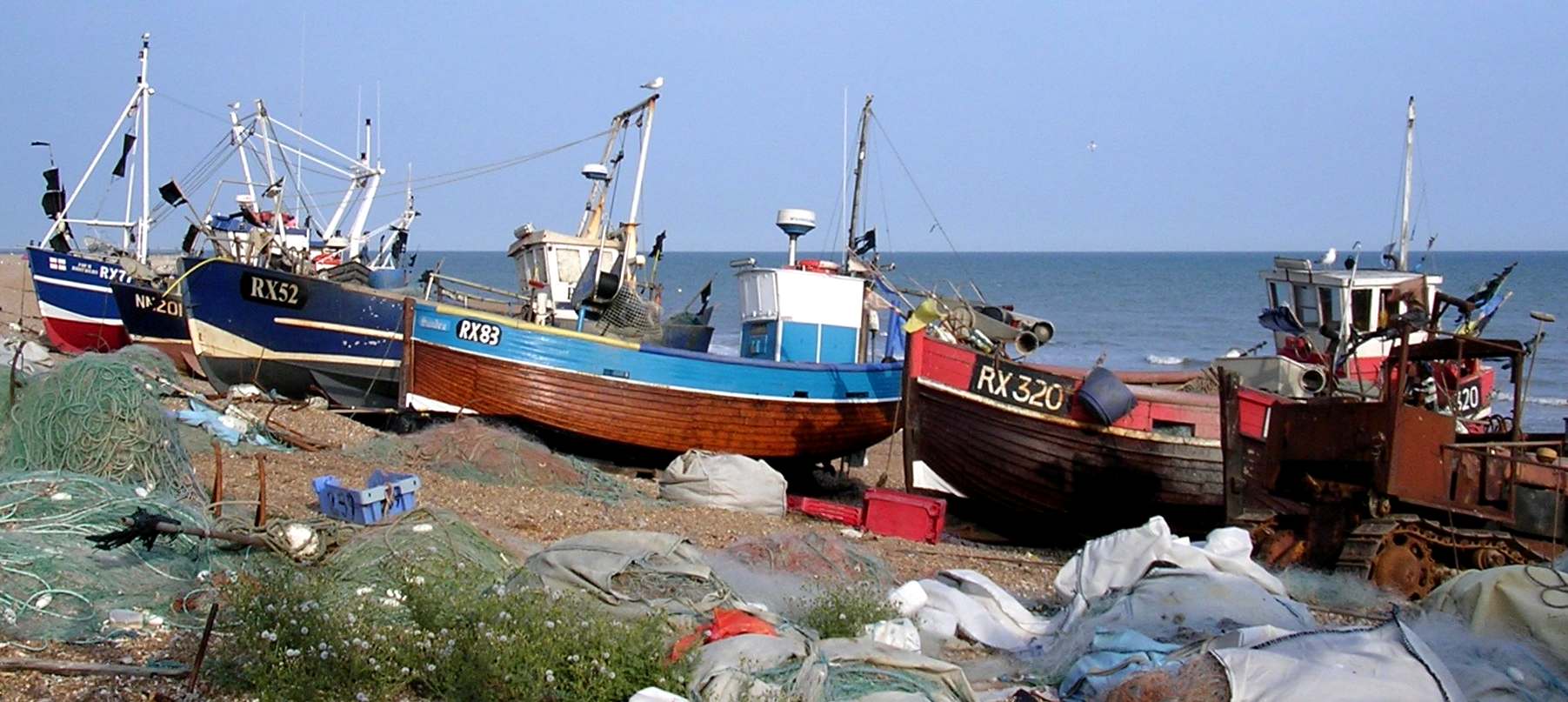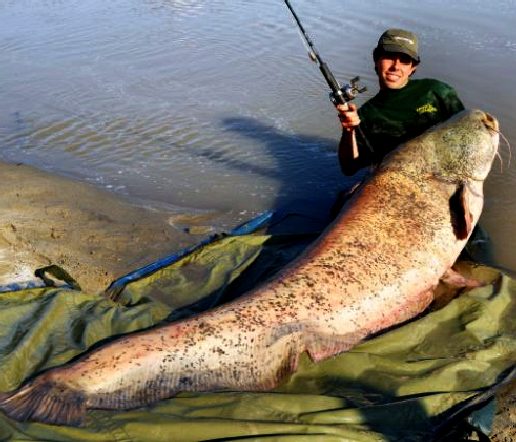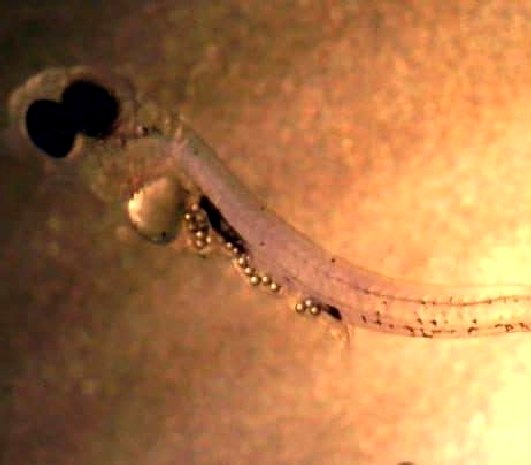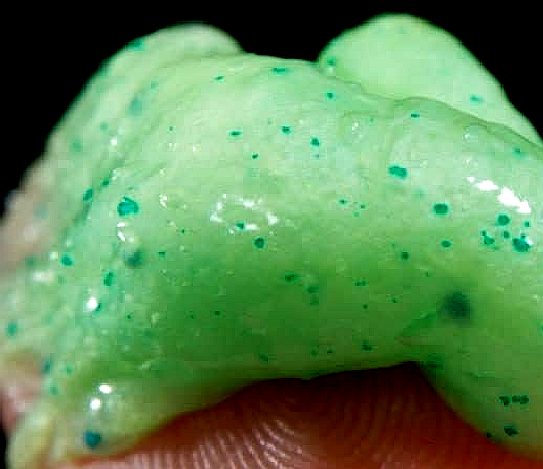|
OCEAN REGENERATION PROGRAMME
|
|
|
INDEPENDENT JULY 2014 - Pollution of the oceans by tiny pieces of plastic debris is now so widespread that only radical action to eliminate the waste at source can limit further damage to marine wildlife, according to scientists.
We have plundered the deep blue seas without mercy with the inevitable result that fish stocks are dangerously low, but human population is still growing and we need more fish now than ever before. At the same time we have been chucking our dirty laundry into our oceans and seas as if it is some kind of never ending skip - when the waters that cover most of our planet should be treated like the holy grail and the fountain of youth that it is.
Taking that as read, there is a way that we can reverse the current trend if we all work together.
PLASTIC & NETS - This fishing fleet at Hastings in England, litters the beaches with plastic containers and nets, some of which will find their way into the oceans and where this flotsam will kill marine life. Fibers and microbeads pervade our seas as a result of the thousands of beaches like this, also coming from single use packaging, clothing and cosmetics, and ending up in the stomachs of larval fish, so entering the food chain to eventually poison us.
HOW
DO WE DO THAT?
1. Reduce single use plastic in all packaging by recycling more effectively. We have an idea for this but we would need funding to do a study, write to all plastic users, lobby internationally and finally propose alternative solutions to the stakeholders for their implementation on a voluntary basis. Combine these efforts with ocean literacy tours and events. The good news is that several other organisations have taken up this challenge.
2. Encourage substitution of single use plastic for alternative packaging wherever possible.
3. Keep cleaning our beaches, with increased frequency.
4. Monitor river mouths around the world and impose fines on counties, states and countries who discharge freshwater into the sea that is significantly polluted. This may mean passing new laws, or reinforcing/enforcing existing legislation with tough new PLASTIC LAW.
5. Reduce overfishing by cutting subsidies and monitoring catches, with stiff penalties for pirate fishing.
6. Clean our oceans and seas using green machines, booms and marina bins.
7. Promote green shipping, especially cargo ships to help reduce acid oceans from climate change.
8. Promote green cars and vans in support of green ships to help reduce acid oceans.
9. Promote sustainable housing with solar and wind energy capture to help reduce acid oceans.
10. Seek to educate the public as to the consequences of overpopulating planet earth in an effort to slow growth to counter the necessary food and energy increases that may overload natural resources.
These ten targets are listed in order of importance as they may be attainable in our view - to run in parallel with Blue Growth targets. There are 100,000 electric cars on British roads (@2017) with a new target announced by the UK Government of near 100% by 2050. If this is a global trend then point 8. is well on the way to becoming a reality. By contrast, point 7. is well out of reach and councils in England are failing to provide sustainable housing as per point 9, five years after re-writing planning policies, and despite increasing official targets.
Our group (via a consultant) have suggested (to the UK Sec. State & PM) waiving fees for sustainable planning applications to encourage alternative builders and social housing groups to engage, where resistance to change is from traditional house builders and local authorities.
Our group has in the past (2013) suggested infrastructure change for EVs along the lines of Better Place & Tesla with bulk energy storage stations and solar charging parks by way of example of point 8.
Such efforts may not assist ocean regeneration to ensure food security in time to prevent foreseeable difficulties and for this reason Bluebird Marine tacked course as a think-tank in 2015, abandoning land issues in favour of direct ocean action - a course that we have adopted as a foundation dedicated to conservation.
PROJECT SYNDICATE CONTRIBUTORS - Isabella Lövin is Minister for International Development Cooperation and Deputy Prime Minister of Sweden. Ratu Inoke Kubuabola is Fiji's Minister of Foreign Affairs. Trevor Manuel, former Finance Minister of South Africa and former Chair of the South African Planning Commission, is Co-Chair of the Global Ocean Commission
PROJECT SYNDICATE FEBRUARY 2016
OXFORD – The importance of the world’s ocean cannot be overstated. They supply 50% of the oxygen we breathe, feed billions of people, and provide livelihoods for millions more. They are the great biological pump of global atmospheric and thermal regulation, and the driver of the water and nutrient cycles. And they are among the most powerful tools for mitigating the effects of climate change. In short, the ocean is a critical ally, and we must do everything in our power to safeguard them.
This is all the more important, given the unprecedented and unpredictable threats that we currently face. Though the ocean has been integral to slowing climate change, absorbing over 30% of the greenhouse-gas emissions and 90% of the excess heat generated since the Industrial Revolution, the cost has been huge. Ocean acidification and warming has been occurring at alarming rates, and are already having a serious impact on some of our most precious marine ecosystems – an impact that will only intensify.
Today, vast swaths of the world are experiencing what is likely to be the strongest El Niño on record. The adverse weather resulting from the phenomenon – which originates in the Pacific, but affects the ocean worldwide – is expected to affect adversely over 60 million people this year, compounding the misery wrought last year. It is a sobering reminder of our vulnerability to both natural and human-induced shocks to the earth’s systems.
Despite all of this, we continue to degrade our oceans through the relentless destruction of habitats and biodiversity, including through overfishing and pollution. Disturbingly, recent reports indicate that the ocean may contain one kilogram of plastics for every three kilograms of fish by 2025. These actions are facilitated by chronic failures of global governance; for example, one-fifth of all fish taken from the ocean is caught illegally.
Urgent action must be taken not just to address climate change broadly by reducing greenhouse-gas emissions, but also to enhance the health and resilience of our oceans. Fortunately, in 2015 – a watershed year for global commitments – world leaders established conservation and restoration of the world’s oceans as a key component of the new United Nations development agenda, underpinned by 17 so-called Sustainable Development Goals.
Specifically, SDG 14 commits world leaders to end overfishing, eliminate illegal fishing, establish more marine protected areas, reduce plastic litter and other sources of marine pollution, and increase ocean resilience to acidification. The Global Ocean Commission celebrated this strong endorsement of urgent action to protect the ocean, which closely reflects the set of proposals contained in the Global Ocean Commission’s 2014 report From Decline to Recovery: A Rescue Package for the Global Ocean.
So the world now has an agreed roadmap for ocean recovery. But how far and how fast we travel is yet to be determined. And the task ahead – translating admirable and ambitious commitments into effective collaborative action at the local, national, and international levels – is immense.
The challenge is compounded by the weak and fragmented state of global ocean governance. Unlike other SDGs – such as those related to health, education, or hunger – there is no single international body charged with driving forward the implementation of the ocean SDG. As a result, it is not clear who will be responsible for monitoring and measuring progress and ensuring accountability.
To ensure that SDG 14 does not fall by the wayside, the governments of Fiji and Sweden proposed convening a high-level UN conference on ocean and seas in Fiji, with Swedish support, in June 2017. Their proposal was subsequently co-sponsored by 95 countries and adopted unanimously in a UN General Assembly resolution.
By drawing attention to the progress being made toward meeting SDG 14 targets and shining a spotlight on where results are lagging, the conference will provide a much-needed “accountability moment.” At the same time, by bringing together relevant stakeholders, it will help to catalyze deeper cooperation among governments, civil society, and the private sector.
This is a promising step forward, reflecting the tremendous momentum that efforts to protect the ocean have gained in recent years. As the Global Ocean Commission’s work comes to a natural conclusion, its many partners and supporters will be working hard to sustain this momentum, ensuring that building healthy and resilient oceans remains a global priority until it is a global reality. The key to success, according to the Global Ocean Commission’s final report, will be the creation of an independent, transparent mechanism for monitoring, measuring, and reporting on the essential actions needed to achieve the SDG 14 targets, as well as additional UN conferences between now and 2030.
Current and future generations alike need – and deserve – a healthy, resilient ocean. Growing awareness of – and strong commitments to resolve – the challenges facing our oceans is heartening. But it is just the beginning. One hopes that 2016 turns out to be the year when the world enters a new era of ocean regeneration.
DAILY MAIL - [LEFT] This monster from the deep has broken the record for the biggest freshwater fish caught (and released) in Europe. Measuring 8.2ft long and weighing just over 250lbs the gigantic catfish was heaved out of a lake after a 45 minute back-breaking tussle. Plucky angler Roberto Godi was nearly thrown into the water when the brute took his bait of a bream fish. Not only is the catch the biggest of its kind in Europe, it is also the biggest species of wels catfish ever caught in the world. [RIGHT] If our plastic problem is not tackled we might end up with smaller fish and less of them.
MICROPLASTIC BIOLOGICAL INTEGRATION
Microplastics often become embedded in animals' tissue through ingestion or respiration. Various annelid species, such as deposit-feeding lugworms (Arenicola marina), have been shown to have microplastics embedded in their gastrointestinal tracts.
HUMANS
As fish is the primary source of protein for nearly one-fifth of the human population, it is important to consider that the microplastics ingested by fish and crustaceans can be subsequently consumed by humans at the end of the food chain. In a study done by the State University of New York, 18 fish species were sampled and all species showed some level of plastics in their systems.
TELEGRAPH 3 June 2016
- The oceans' fish are becoming smaller because of the damaging effects of plastic waste in the water, scientists say.
BLUE GROWTH: MAIN BLOCKERS
We are facing four major problems that seriously hinder blue growth:
1. Ocean Pollution - poisons wild fish, also the source of feed for aquaculture 2. Over Fishing - depletes wild fish stocks, threatening food security 3. Climate Change - ocean acidification & fish migration 4. Over Population - demands more fish than the oceans can at present provide
BLUE GROWTH: MAIN ACCELERATORS
5. Ocean Regeneration - cleaning our oceans to preserve the resource and cleanse the toxic food chain 6. Aquaculture - now generates around 50% of world produce, mostly subject to wild fish feed 7. Ocean Energy - offshore wind and wave energy for clean power 8. Biotechnology - Identifying, harvesting and producing medicines 9. Coastal Tourism - To engage the public in ocean matters and reduce air travel 10. Green Ships - Cargo and cruise ships that are cleaner, preferably zero carbon
LINKS & REFERENCE
https://www.project-syndicate.org/commentary/sustainable-development-goals-ocean-protection-by-isabella-lovin-et-al-2016-02 http://sdgcompass.org/sdgs/ https://www.gov.uk/government/news/innovative-vehicle-to-grid-technology-to-receive-20-million? http://www.telegraph.co.uk/news/2016/06/02/dangerous-microplastics-in-oceans-stunt-the-growth-of-fish/ http://www.independent.co.uk/news/science/microplastic-waste-this-massive-tiny-threat-to-sea-life-is-now-in-every-ocean-9602430.html https://en.wikipedia.org/wiki/Microplastics http://www.pelletwatch.org/ https://marinedebris.noaa.gov/
|
|
|
Click the links on this page or see our SITE INDEX to navigate this site. Copyright © July 2017 Cleaner Oceans Foundation.
|
